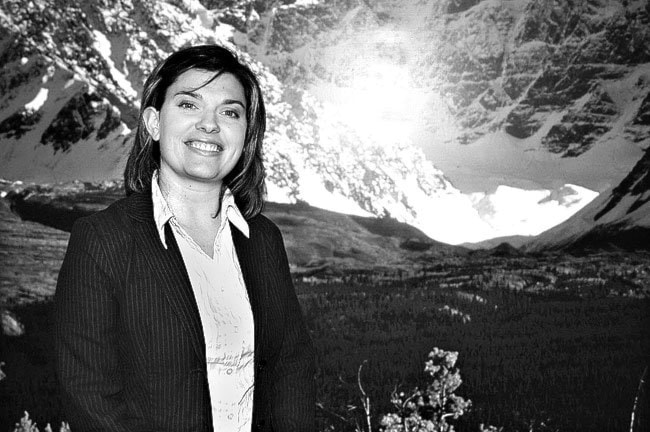‘We played together on the river as kids in Dawson 60 years ago - he worked on the river as a man, and, when the river died, he died,” said an old friend of Yukon’s jack-of-all-trades, Emil Forrest.
In 1901, Forrest came to the Yukon with his family. He went to school in Dawson City.
Later he recalled the winter of 1908, when the mercury plunged to 72 below zero (-57.7 Celsius) in the Klondike capital. It’s said the bone-chilling weather did not deter Forrest from going to school and even completing his paper route.
Forrest began his career on the river in 1910, at the age of 21.
As an assistant pilot on a motor launch, Forrest was adept at navigating the river channels between Circle and Fort Yukon.
Over the next few decades, he worked with any and all sorts of transportation equipment, from boats to planes to cats.
From 1914 to 1922, he carried mail from Dawson City to the mouth of the Yukon River.
After 1922, Forrest prospected in the Mayo and Carmacks area and had considerable mining interests in the Mayo region, especially in the Laforma Gold Mine.
He worked as an airplane mechanic from 1929 to 1937, at Mayo, according to Archives Canada.
The inaugural ‘Cat’ driven over land trip was driven by Forrest and Cam Smith in the spring of 1925.
It took them 16 days to complete the trek because they stopped periodically along the way to widen the trail where ever it was needed, according to the Virtual Museum of Canada.
In 1941 Forrest was made engineer aboard the motor vessel Neecheah and later skipper of the Loon.
The Loon, a British Yukon Navigation Company motor launch, was a boat used to make soundings on the river to make it safe for the giant sternwheelers to follow through.
Apparently, Forrest had a sense of humour as well.
In 1949, Weldon Pinchin got a job with Emil Forrest on the M.V. Loon.
One of their escapades included wedging an old boiler into a sand bar at the head of Lake Laberge, and then convincing a group of tourists on the SS Klondike that it was the boiler in which Sam McGee was cremated.
“I can still hear (the tourists),” wrote Pinchin. “You’d have thought they’d won the lottery.”
The Loon was dry docked in 1947, and Forrest stayed on with the White Pass & Yukon Route company as a night watchman.
Forrest suffered a heart attack and died at 11:35 a.m. on August 24, 1960, while helping to launch the S.S. Keno on her last trip to Dawson.
Though he had been retired from active navigation for more than 12 years, he was supposed to pilot the vessel on the historic final voyage.
It would have been his first time piloting a craft as large as the Keno and the last voyage any of the old British Yukon Navigation Company sternwheelers would make on the Yukon River.
With the death of Forrest, Frank Slim of Whitehorse went aboard to pilot the Keno.
At that time, Slim was the only Yukon First Nations person to earn riverboat captain’s papers. For more than 30 years, Slim guided steamboats up and down the rivers of British Columbia, Alaska and the Yukon
Funeral services for Forrest were held at the Old Log Church and he was buried in the Pioneer Cemetery in downtown Whitehorse.
This column is provided by the MacBride Museum of Yukon History. Each week it will explore a different morsel of Yukon’s modern history. For more information, or to comment on anything in this column e-mail lchalykoff@macbridemuseum.com.
